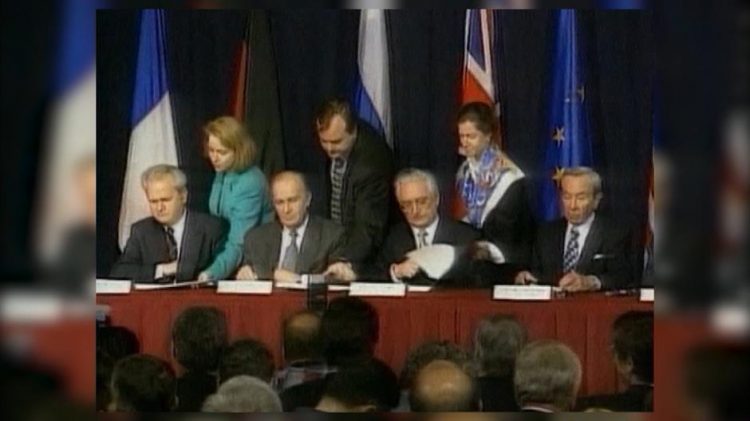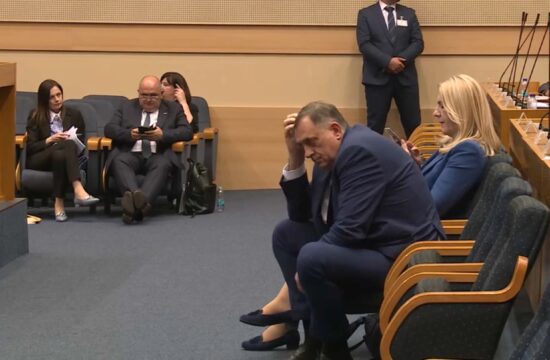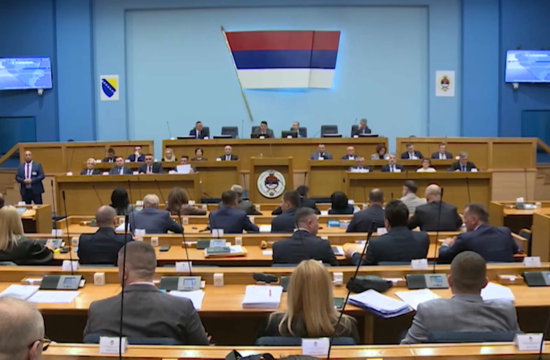
The Dayton Peace Agreement which ended the 1992-1995 war in Bosnia was signed on this date, December 14, 1995.
The document officially ended the four-year bloody war and organised Bosnia as a country of three constituent peoples and others, with two semi-autonomous entities: the Bosniak-Croat shared Federation (FBiH), and the Serb-dominated Republika Srpska (RS).
The main actors of the negotiations and the signing of the Agreement were the then President of the Republic of Bosnia and Herzegovina, the late Alija Izetbegovic. the President of Croatia, late Franjo Tudjman and the Serbian President, late Slobodan Milosevic. The Agreement was signed at the Elysee Palace in Paris on December 14, 1995.
All three states were created by the dissolution of the Socialist Federal Republic of Yugoslavia.
“This is not a just peace, but it is fairer than continuing the war. In a situation like this, and in the world as it is, a better peace could not have been achieved,” Alija Izetbegovic said after the signing of the Dayton Agreement in Paris.
The greatest contribution to the creation of the Dayton Accords was made by Richard Holbrooke, former Deputy to US Secretary of State Madeleine Albright, and the agreement was guaranteed with their presence by US President Bill Clinton, UN Secretary-General Boutros Boutros-Ghali, former French President Jacques Chirac, then British Prime Minister John Major, NATO Secretary-General Javier Solana, German Chancellor Helmut Kohl, Russian Prime Minister Viktor Chernomyrdin, and Swedish Prime Minister Carl Bildt, who also co-chaired peace conferences on behalf of the European Union.
The Agreement consists of 11 Annexes, including Annex 4 – the Constitution of Bosnia and Herzegovina. It affirmed the sovereignty, territorial integrity and independence of Bosnia and Herzegovina as a state. It stipulates that Bosnia consists of two entities, the FBiH and the RS and that it is made up of constituent peoples, Bosniaks, Croats and Serbs, along with others. The competencies of the State and the entities were also prescribed, as well as the relations between the institutions of the State, as well as the manner of amending the Constitution.




